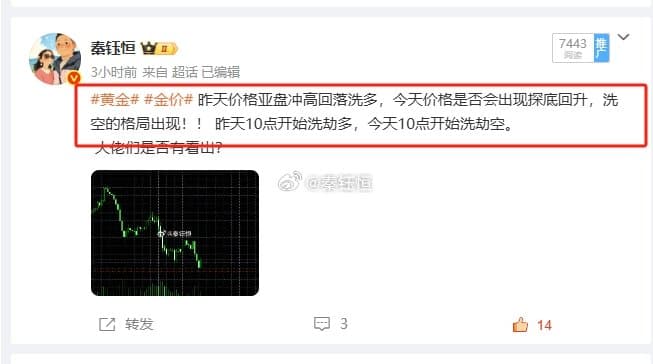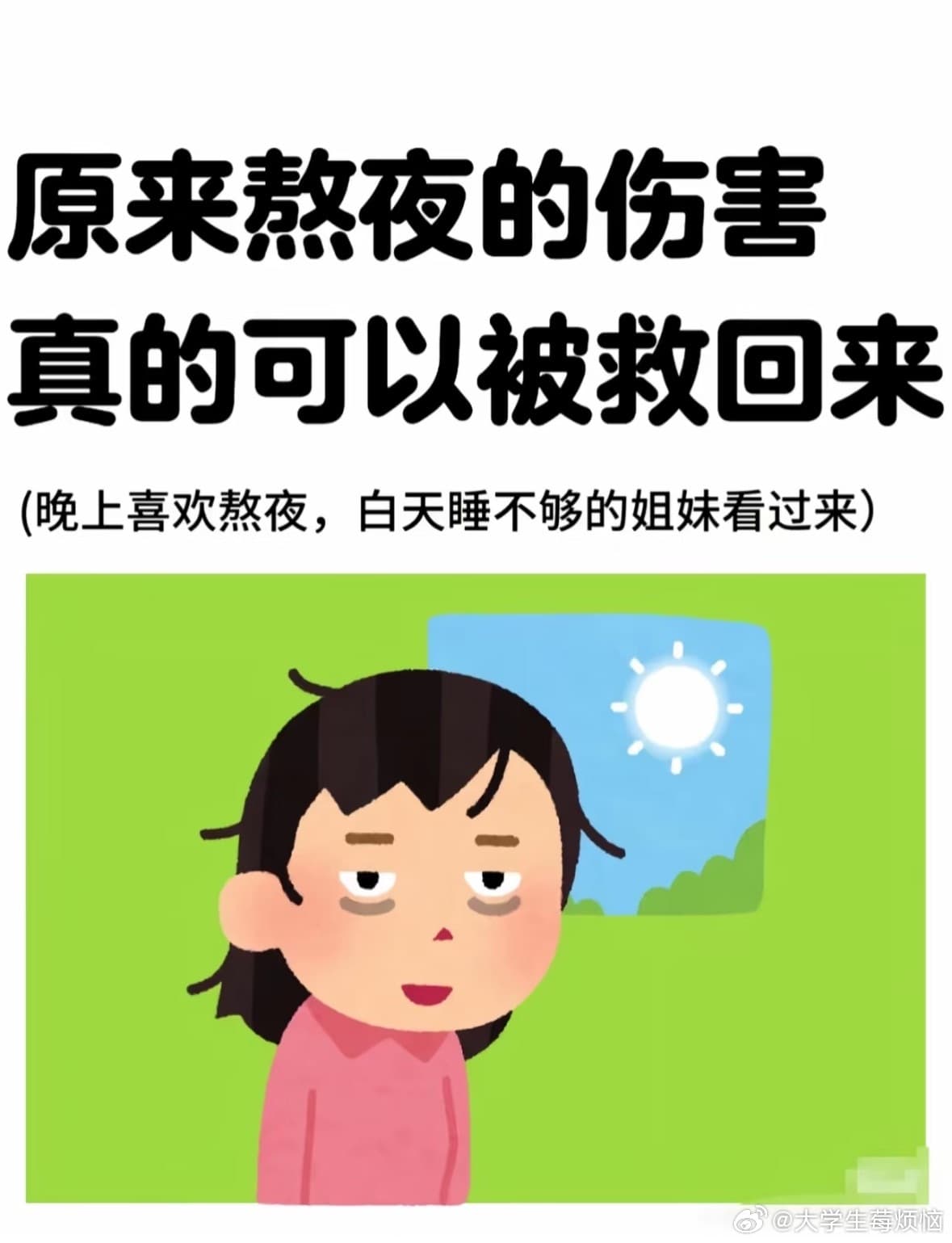Menstrual Pain: Is Your Uterus Really Trying to Protect You?
A recent buzz on social media has sparked a heated debate about the idea that "painful menstruation is because the uterus is trying to protect you." Many women have expressed their skepticism, wondering if this is indeed the case. But what really happens in the body during menstruation? Is it a protective mechanism, or is there more to it? Menstruation can be categorized into two types: primary and secondary dysmenorrhea. Primary dysmenorrhea is characterized by severe cramping and pain during menstruation, often accompanied by other symptoms such as nausea, fatigue, and mood swings. Secondary dysmenorrhea, on the other hand, is caused by underlying medical conditions such as endometriosis or adenomyosis.

10 May 2025
Menstrual pain, or dysmenorrhea, is a common complaint among women during their menstrual cycles. While the exact causes of menstrual pain can vary, recent insights suggest that the uterus's contraction mechanism, aimed at shedding its lining, is a primary contributor. Essentially, the uterus contracts to expel its inner lining when there is no pregnancy, and these contractions can lead to pain. The theory that menstrual pain is because the uterus wants to protect the body too much hints at the idea that the uterus's overzealous attempts to protect the body from potential pregnancy by aggressively shedding its lining may lead to the pain experienced during menstruation.
This perspective aligns with the understanding that the uterus's contractions are intensified by prostaglandins, hormone-like substances that cause the uterus to contract. These contractions can cut off the oxygen supply to the uterus, leading to pain. Furthermore, the intensity and frequency of these contractions can vary from person to person, which may explain why some women experience more severe menstrual pain than others. The variability in women's menstrual experiences can help demystify common misconceptions about what constitutes a "healthy" menstrual cycle. By recognizing that menstrual pain is, in part, a result of the uterus's protective mechanisms, women can better navigate their menstrual health and seek appropriate care when needed.

For individuals experiencing dysmenorrhea, several strategies can be employed to manage symptoms. Applying a heating pad or a hot water bottle to the lower abdomen can help relax the uterine muscles, thereby reducing cramps. A warm bath or shower can also be beneficial. Nonsteroidal anti-inflammatory drugs (NSAIDs) like ibuprofen and naproxen are effective in reducing menstrual cramp pain. They work by lowering the levels of prostaglandins, substances in the body that cause pain. Engaging in physical activities such as yoga, walking, or other forms of exercise can help ease menstrual cramps. Exercise releases endorphins, the body's natural painkillers, and can also improve mood.
Increasing the intake of foods rich in omega-3 fatty acids, vitamin B6, and magnesium can help reduce menstrual cramp symptoms. Foods such as salmon, spinach, and almonds are good sources of these nutrients. Certain herbs like ginger and turmeric have anti-inflammatory properties and may help reduce menstrual pain when consumed in tea form or as supplements. Ensuring adequate sleep and rest can help the body manage pain better. A well-rested body is more capable of handling menstrual cramps. For severe cases, hormonal contraceptives can be prescribed to reduce or eliminate menstrual cramps by thinning the uterine lining, thereby reducing prostaglandin production.

Acupuncture and acupressure, which involve stimulating certain points on the body, have been reported by some to reduce menstrual pain, though results can vary. Techniques such as meditation, deep breathing, and yoga can help manage stress, which can exacerbate menstrual cramp discomfort. It's essential to consult a healthcare provider before starting any new treatments, especially if symptoms are severe or if there are underlying health conditions. While these methods can provide relief, understanding that dysmenorrhea is a common condition and seeking medical advice can offer peace of mind and effective management strategies.
In conclusion, the notion that painful menstruation is a result of the uterus trying to protect the body is an oversimplification of the complex physiological and psychological factors at play. While it is true that the uterus contracts to shed its lining during menstruation, leading to pain, this process is not a deliberate protective mechanism. Rather, it is a natural part of the menstrual cycle that can be influenced by various factors, including hormonal changes, prostaglandins, and individual differences in pain perception. For women experiencing painful menstruation, it is essential to understand that there are two types of dysmenorrhea: primary and secondary. Primary dysmenorrhea is a normal response to the menstrual cycle, while secondary dysmenorrhea is often caused by underlying medical conditions, such as endometriosis or uterine fibroids.
If you are experiencing severe or persistent menstrual pain, it is crucial to consult a healthcare provider to determine the underlying cause and develop an effective treatment plan. Over-the-counter pain relievers, such as ibuprofen or naproxen, can be effective in reducing menstrual pain. Hormonal therapies, such as birth control pills, may also be prescribed to regulate the menstrual cycle and alleviate symptoms. In some cases, surgical interventions may be necessary to treat underlying conditions. Ultimately, it is essential to prioritize menstrual health and seek medical attention if you are experiencing persistent or severe pain. By understanding the complexities of menstrual pain and seeking appropriate care, women can take control of their reproductive health and improve their overall well-being. Therefore, we recommend that women do not ignore or tolerate menstrual pain, but instead, consult with healthcare providers to develop a personalized plan to manage their symptoms and address any underlying conditions.
Comments

Share this article
Related Articles

Menstrual Pain: Is Your Uterus Really Trying to Protect You?
By Trending on Weibo
Health
10 May 2025

Blood Donation Exemption Policy Sparks Debate at Chinese University
By Trending on Weibo
Health
10 May 2025

Dee Hsu Pays Emotional Tribute to Late Sister Barbie Hsu
By Trending on Weibo
Health
10 May 2025

Sun Yingsha Shatters Records with Historic Harper's Bazaar Cover
By Trending on Weibo
Health
9 May 2025

Chinese Hospital Reaches Settlement with Family of Student Who Died from Antibiotic Allergy
By Trending on Weibo
Health
9 May 2025

